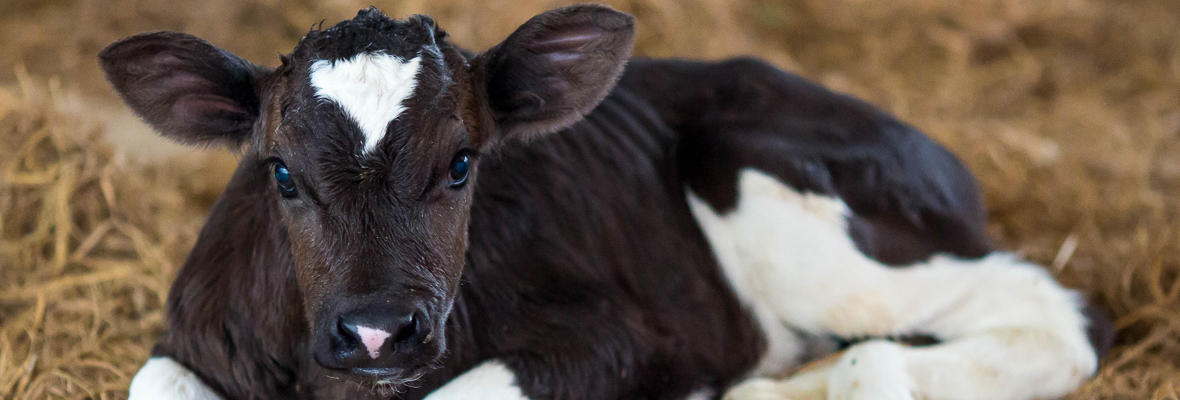
As dairy farmers are currently at peak calving, it may seem odd to write an article about planning for what is coming up in a few months’ time… mating.
However, what is done correctly now can have a large impact on the success of the mating down the road. Everything is interconnected. This may sound obvious, but it can easily be forgotten when everyone is busy and rushed off their feet.
First of all, cows need to transition from a dry-cow to a milking-cow diet. Most dry cows are generally fed a diet consisting of either fodder beet or kale, baleage and/or straw. Then the diet changes to pasture, silage and, perhaps, concentrates in the form of grain, soya or dried distillers’ grain. This massive dietary change must be carried out gradually. Farmers should plan for a three-week transition to the post-calving diet. However, this transition should be completed before the cow calves. Combining the stress of diet transitioning with the stress of calving can/will lead to more metabolic problems. Research has shown that cows which have had metabolic issues over calving end up with a reduced in-calf rate.
If the cow has transitioned and the diet being fed is balanced for protein, energy and fibre, the next issue is vitamin and mineral nutrition. Proper mineral supplementation will reduce or virtually eliminate the incidence of retained fetal membranes (RFM), a key cause of metritis and lower conception rates.
Once through calving, the next issue concerns feeding the cows properly during early lactation leading up to mating. Cows should not lose more than half their Body Condition Score (BCS) between calving and mating. In the lead-up to and during mating they should be on a rising plane of nutrition, and definitely not going backwards. This season many farmers have plenty of grass due to the excellent autumn growing conditions, and this should translate into good covers at the predicted start of calving. Will this persist through spring? That is the million-dollar question. Last year the spring was poor, balance date was late, and many cows were pinched in early lactation. This affected not only milk production but likely reproductive performance as well. So, have farmers developed feed contingency plans for this year to avoid last year’s issues?
Finally, early calvers are at a distinct advantage, as they have more time to come right before mating (see table below). Early calvers also have more days in milk, produce more milk and hence make more money.
| Calving to mating start date interval | 6-week in-calf rate | Not-in-calf rate |
| More than 12 weeks | 77% | 7% |
| 9-12 weeks | 75% | 8% |
| 6-9 weeks | 66% | 11% |
| 3-6 weeks | 54% | 16% |
| Less than 3 weeks | <40% | >20% |
(DNZ data)
Proper care and attention to the diet and transitioning before calving, will lead to fewer problems during calving. This should result in fewer interventions (e.g. CIDRs, Metricure®) being required, and therefore allow more time to concentrate on the future issues, especially mating.